We live in an era of unparalleled technology, especially when it comes to photography. Incredible sensors, amazing lenses and fantastic software all allow us to stretch our creativity further than we ever have. It’s taken a long time to get where we are today and along the way there have been some products that, to coin a term from the internet age, were epic fails. Today we are going to take a stroll back through recent history and look at some of the photographic technology that did not quite make it.
Kodak Disc Film
Even at the height of its powers, Kodak was not immune from making some poor products. Disc Film was introduced in 1982 as a self contained simple camera system. Fifteen exposures were held on a plastic disk, much like a computer floppy disk. This simply slotted into the dedicated disc camera. The concept was sound enough, small very portable cameras that took easy to load film.
The problem though, was that in order to make the cameras small and portable, each of the fifteen individual film pieces on the disc had to be tiny. As we know in the digital era, tiny sensors do not make for good photos and so it was with disc film. With negatives smaller than 110 film, the picture quality was often shocking even in good light. The disc camera lasted six short years before going out of production in 1988.
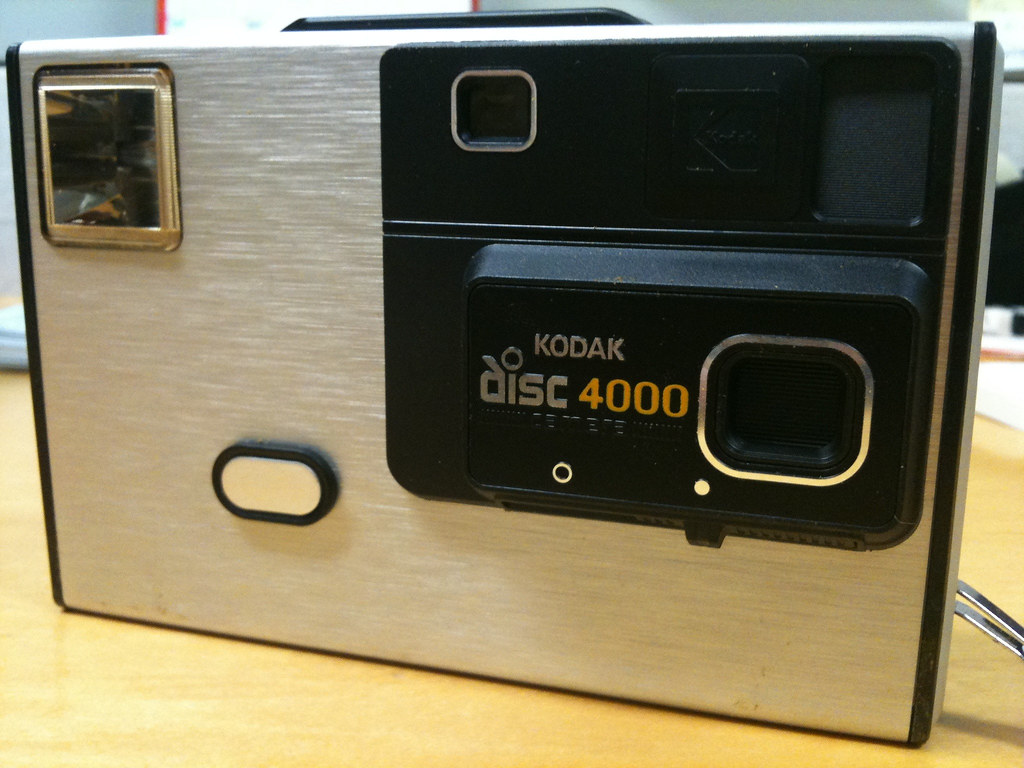
Image quality from Kodak Discs could be shocking.
Digital Film Cartridge
Back in 2011 a website appeared along with various press releases touting a new era in digital photography. RE35 was to be a digital cartridge that fitted into your film camera. Many failed to pick up on the date of the press release, April 1st. However as often is the case, comedy is embedded in reality, digital film cartridges were actually based on a real life technological fail called Silicon Film.
First revealed in 1998 at the dawn of the digital era. It was to be a 1.3mp sensor that would slot into certain film cameras. The company struggled to get a working prototype despite their worldwide marketing and also failed to predict that the major camera companies were on the cusp of producing dedicated digital cameras. Silicon Film Technologies suspended operations in 2001.
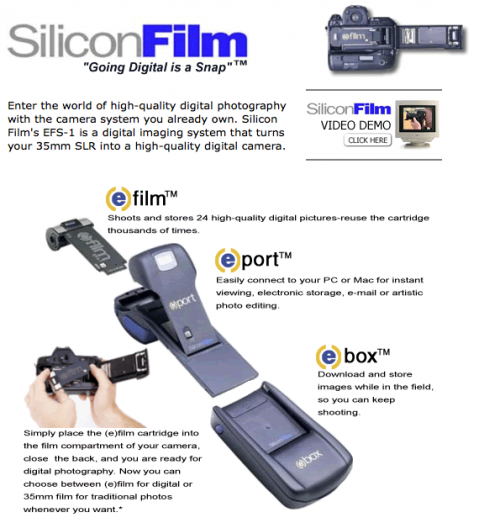
The Selfie Stick
For serious photographers, the selfie stick has become one of the most derided products of all time. It seems you cannot go anywhere nice these days without some narcissistic tourist poking a selfie stick in front of your carefully composed masterpiece. Selfies sticks have been around for decades but the inclusion of ways to trigger your phone’s shutter button easily led to a veritable plague of them from 2015 onwards. The infestation has become so bad that many venues and tourist locations ban them.

How many locations are ruined by selfie stick infestation.
Flash Cubes
It is often said we live in a disposable society. In photography however this is not so true. We reuse our digital film, print only what we want and recharge our batteries. The true disposable age for photography was perhaps the 1970s and 80s. Nothing more typified that than the flash cube. Designed primarily for 126 and 110 cartridge film cameras these little blocks contained four flash bulbs. Unlike a modern day flash, these could only fire once. You then had to turn the cube to the next bulb. Once the four bulbs were blown you threw away the cube and fitted another one.
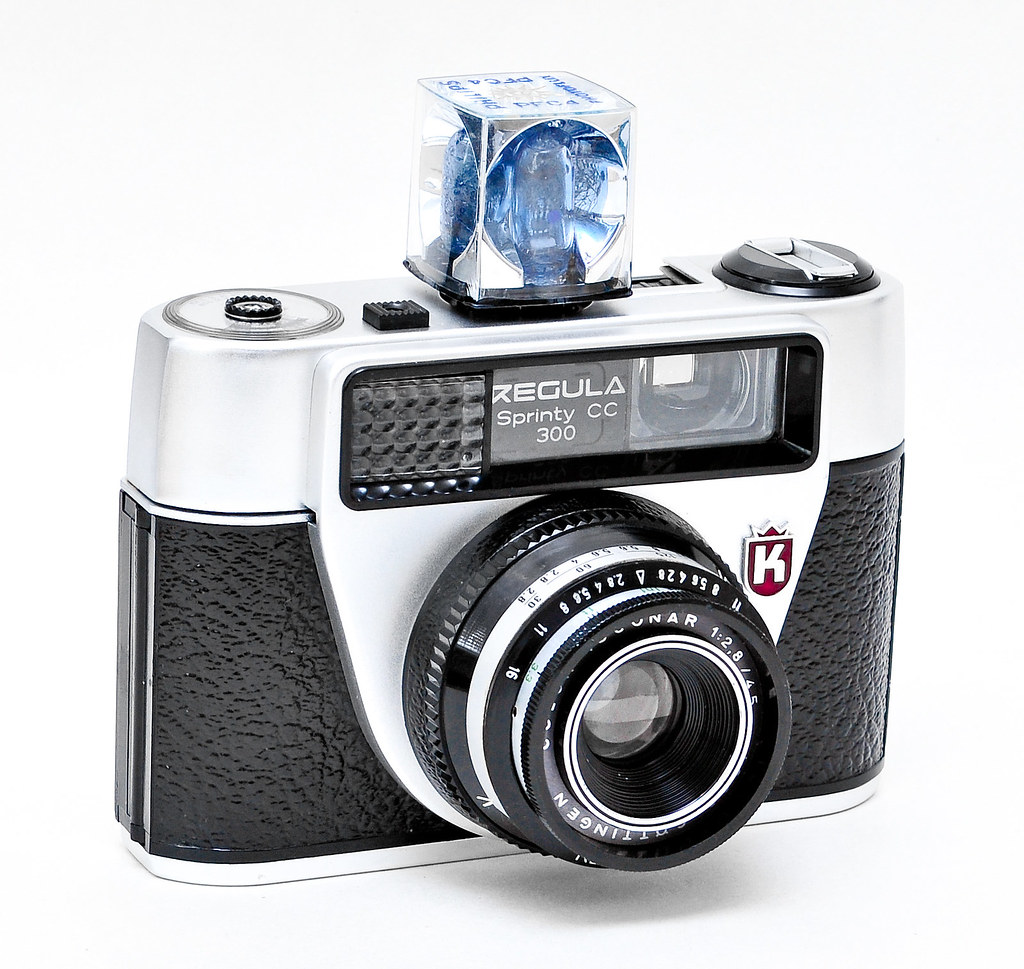
Try using flash cubes on your next wedding shoot.
As I researched this article, I was pleasantly surprised to find there were not too many epic fails when it came to photographic equipment. You might include Lomography for making bad photos fashionable, perhaps APS as the last great hope of film. However overall there have been few really dramatic fails. That said I am sure I have missed quite a few out, so feel free to let us know what epic equipment fails you can think of.


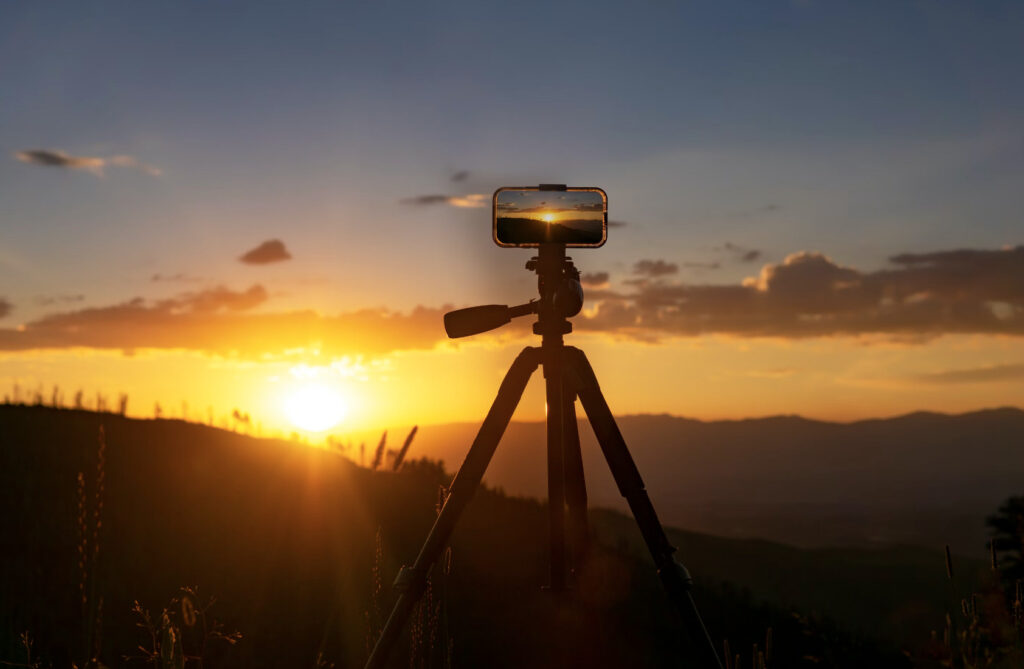

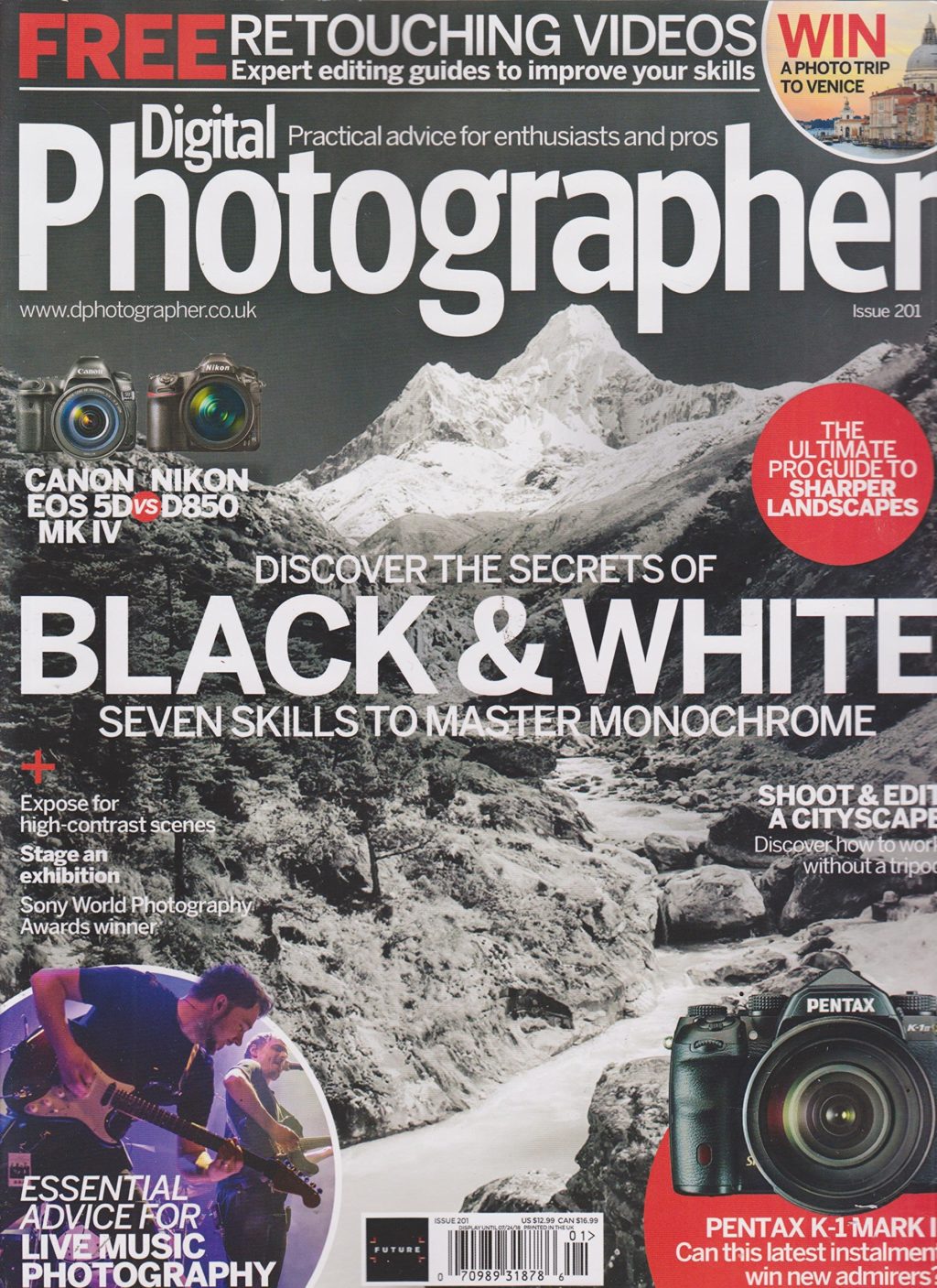
11 Comments
I chuckled when I saw the disc camera on the list. I ran over mine with my car and bought a Canon AE-1.
The Silicon Film gadget isn’t such a crazy idea –if only it worked, and was reasonably priced. Imagine if they had developed one to slip inside a Hasselblad 500c/m film back and the price kept to $4k or less.
The E-Film was a great invention. But, Digital Camera Industry hide from the people…If, it were developed with a excelente sensor…Who would buy a DSLR?
We could use our old SLR analog…
You are wrong…
I agree it was a great idea in principle but Silicon Film failed to predict the market, much like Kodak did. It was only ever going to be a transient technology, DSLRs were an inevitability that I think most photographers foresaw back in the late 90’s. I certainly did. Silicon Film were hedging their bets on the idea that people would want to use both film and digital equally and that never really happeded
You did great right up to the flash cube. Back in those days flash bulbs were still the thing. The original instamatic cameras had a pop-up flash gun built-in. To take a flash shot you had to drag the flash gun up from the camera body, put in a ‘peanut’ flash bulb and take a shot. Then wait until the burnt out flash bulb cooled sufficiently for you to be able to handle it, remove the small pile of burning plastic and cracking glass, then insert another bulb and take another shot. Or with a Flashcube equiped camera – load a flash cube, shoot flash, advance film together with flash cube and fire again, up to four shots and you never had to touch an actual red hot flash bulb. Also with Magicubes no batteries required, genius. Then advances made tiny electronic flash possible, better for the planet.
Yes! people who weren’t around back then don’t know how great the flash cube was. Before that you had to insert the one-time-use flash bulb into slot on the flash gun and, yes, it was a hot bulb after you used it.
I have to add my 2-cents, as well, on the flashcube. In its day, it was a remarkable invention, and offered convenience as well uniformity and less waste. Flashbulbs were difficult to deal with and created a huge amount of waste. The only downside to the flashcube was that it didn’t have the power of some of the larger flashbulbs.
I’m another huge fan of the flash cube and can identify with your comments exactly. At the time there was no way I could afford an electronic flash and the flash cube fitted the bill exactly.
Yes – I also think the digital insert for a film camera is a neat idea, if made with today’s technology, and if it actually worked. It would be a great way to bring all those old film cameras and their lenses back to life.
(1) I loved my disc camera, but I was 12.
(2) Flashcubes were great. It may seem like a terrible idea now, but there were no integrated flashes in with camera bodies at the time. Even if there were, most cameras didn’t have batteries, so flashes were a purely chemical reaction. If I remember correctly, there was a little “pin” that would break a glass capsule in the flash cube that would allow chemicals to mix and cause the reaction.
Another “Kodak moment” was there entrance into the instant picture market. Polaroid wiped the floor with them !
I also seem to remember an “instant movie” camera launched just before video cameras were launched (I think it was Agfa?) that failed miserably too !